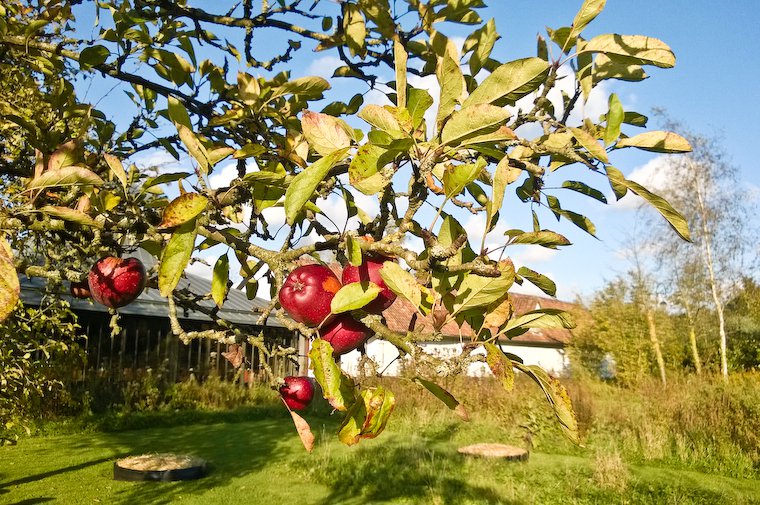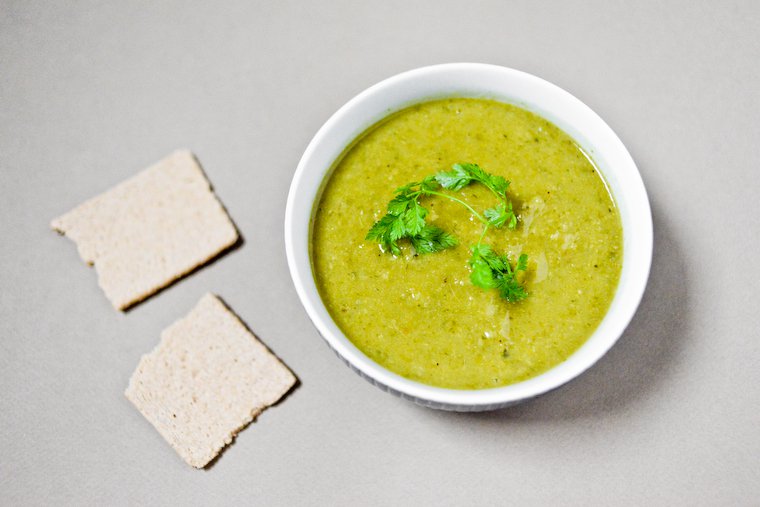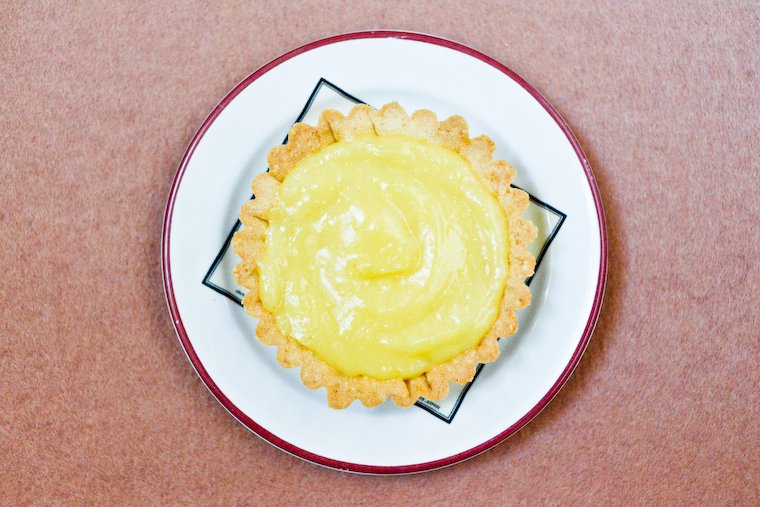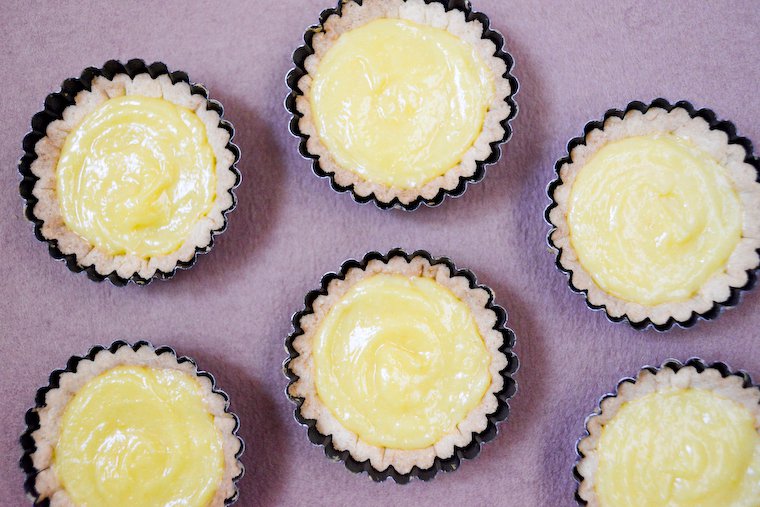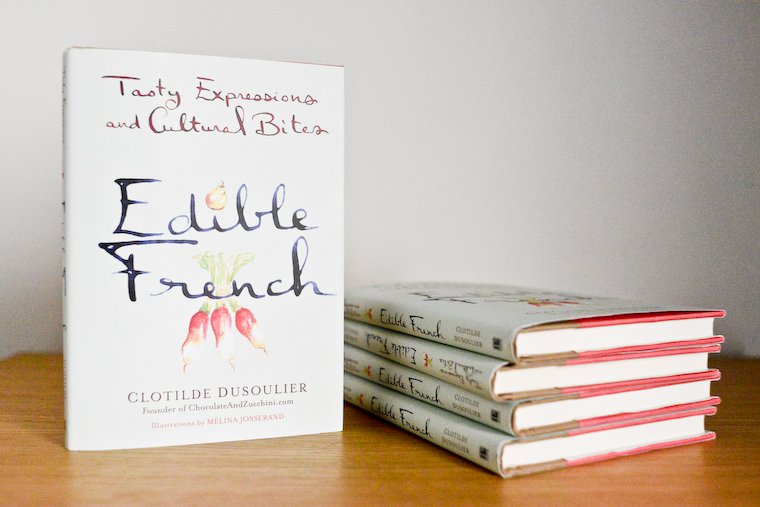The natural consequence of buying fresh vegetables to eat is that you may end up, at some point, with not-so-fresh vegetables to eat.
However diligent your meal planning, it is difficult to nail it perfectly. And if you leave room for improvisation and sudden crushes in your shopping habits, or subscribe to a weekly produce basket, the end of the week is likely to find you with soft carrots and wilting greens from time to time.
The sturdier produce will keep fine from one week to the next; if you own The French Market Cookbook you’ll find a guide to produce that keeps and produce that doesn’t in the intro section. But for the more fragile vegetables, and if you like to start the week on a clean slate or need to make room for your overenthusiastic farmers market run (ahem), what’s the solution? If you answered “garbage can”, come see me at my desk before recess. The correct answer is soup.
Soup is an extraordinary catch-all for vegetable odds and ends, and it is the easiest and most rewarding way to transform scraps no one really wants to deal with into something warm and inviting. Although it’s hard to truly botch a soup, my years of soup-making experience have taught me that there are a few rules that make the ride smoother and the result tastier.
Choosing your vegetables
Naturally, I am talking about using vegetables that are past their golden days, yes, but haven’t reached the stage of putrefaction: wilted and limp is fine, moldy and mushy-brown is not. And when in doubt, toss it out.
You can, in theory, throw into the soup pot whatever needs using up, but it pays to select your vegetables with an eye towards variety and balance. I enjoy my clean-out-the-fridge soups the most when I’ve used a mix of colors (green, orange, tan, white…) and flavor families (sweet, earthy, verdant, onion-y, aniseed-y…), and included vegetables that grow both above- and below-ground. Some fruits, such as apples and pears, fare well in there too (bananas not so much).
To achieve that, you can of course complement the selection with a few freshly bought vegetables and/or freezer-stashed ones. In fact, if you find yourself with clean-out-the-fridge soup material in too small a quantity to actually make clean-out-the-fridge soup, or if you’re simply short on time, you should clean and chop those vegetables as if you were about to cook the soup, and stash them in the freezer instead.
To give you an example, my most recent edition this past Monday contained a few stalks of (wilting) Swiss chard, a quarter of a kabocha squash (the rest had been roasted), a small bunch of thin (and limp) carrots, the outer leaves from a head of cauliflower (stashed in the freezer), the stalks from a bunch of curly kale (leftover from making cheesy kale chips I’ll soon tell you about), a few bulbs of baby fennel (freshly purchased), a good red onion, a couple of potatoes, the end of a bunch of chives, parsley stems, and some tarragon.
The vegetables should be cleaned thoroughly — no need to dry them as they’ll just be wet again in a moment — and cut into even-sized chunks. Medium pieces — say, 2-cm (1/2-inch) cubes or slices — save chopping time and work fine if you plan to purée the soup. If you prefer a chunky, non-puréed soup, aim for a finer dice.
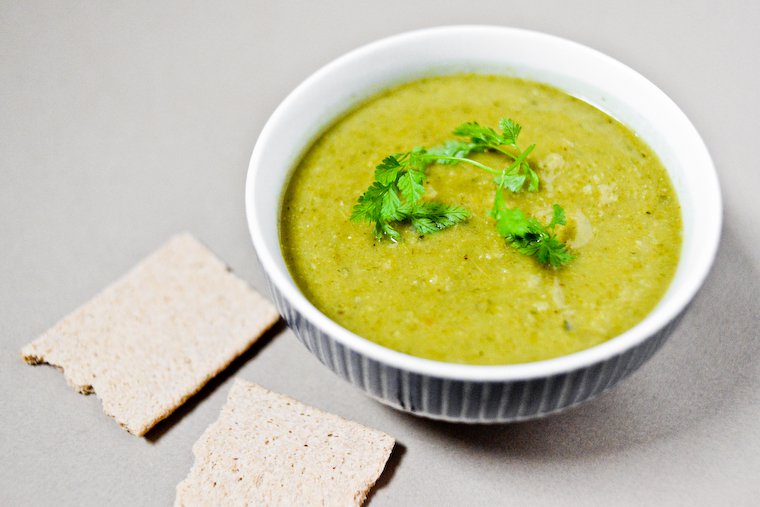
Continue reading »


